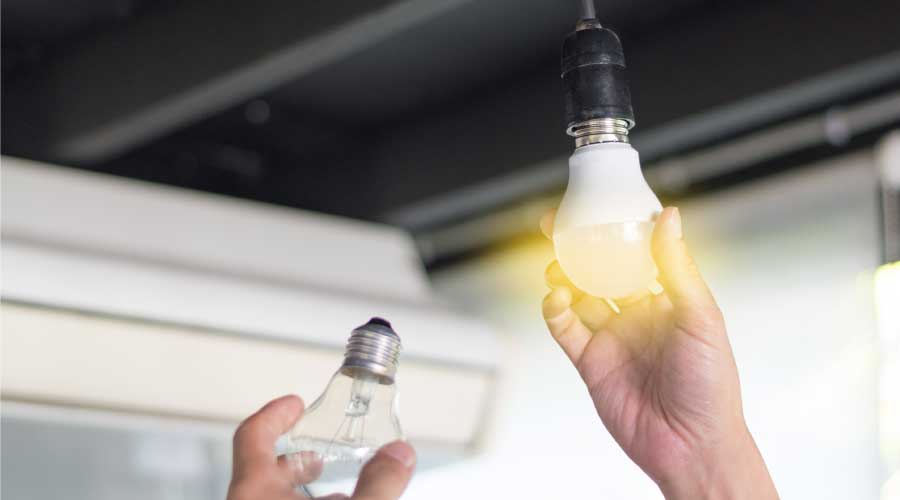Controls Are Critical To Daylighting Energy Savings
Maintaining energy savings in daylight harvesting requires both solid initial design elements and — more importantly — retuning and monitoring to make sure those savings continue. Controls are a critical element of monitoring to ensure energy savings.
"Daylighting does not save energy by itself," DiLouie asserts. "For daylighting to save energy, some type of control is needed. This involves use of a light sensor that signals a controller to reduce output and wattage to maintain a light level setpoint."
With such controls in place, a 2012 LBNL study of about 250 facility experiences as presented in papers and case studies estimated daylight harvesting systems could save an estimated average of 28 percent as compared to more conventional lighting systems.
Occupied since June 2010, the National Renewable Energy Laboratory's (NREL) research support facility (RSF) in Golden, Colorado, shows that with work and continued follow up a large net zero energy office building can maintain its positive daylight harvesting.
"We see an operating lighting power density of less than 0.2 watts per square foot," says Jennifer Scheib, lighting engineer for NREL's Commercial Buildings Research Group. The installed lighting power density is about 0.6 watts per square foot.
Scheib concedes that some of the reduction is due to occupancy variations. "But approximately 50 percent of the reduction can be attributed to daylighting," she says. "This means both automatic photosensor control and occupants' choice to leave the lights off in spaces they are occupying because there is sufficient daylight to perform the task at hand."
Designing For Daylight
Tapping daylight successfully begins with good space planning. "If private offices are oriented along the windows, workers have no access to daylight," Hootman notes. One strategy is to use the building's north side or interior space for offices, with the more sunlit areas for open plan environments.
It's important to make sure glare control doesn't dampen gains. When exterior shading is not possible, another option that keeps the sun shining in is to divide the window area into a daylight harvesting segment and an exterior view, as was done for the Civic Center in Commerce City, Colo. The top windows benefit from light louvers that redirect sunlight to the ceiling and then back down to the work environment. To control heat gain and glare in some areas, interior shades are used below the daylight window portion.
Heat gain and glare are obvious drawbacks that can occur with daylighting. But there are subtler elements at play as well. Not all occupants want or need 30 footcandles in their spaces, according to Scheib.
"While a space should be daylit to sufficiency," Scheib says, "sufficiency can be pretty low for some people and tasks." For example, she says computer workers "prefer a 10-footcandle environment with a view but not over-daylit."
To address these variations, Scheib recommends offering some spaces that provide an average of 10 footcandles, while others achieve closer to 30 footcandles.
Scheib also recommends giving new occupants to the space training and information about control options, as well as time to adjust to the space, "because sometimes it is simply an adjustment period that is needed."
For example, if workers are moving from a dark working environment with high wall partitions and little or no natural daylight, the transition may take some adjustments. "Even a very low-glare environment can be glary to some occupants and for certain tasks," Scheib notes.
"The control effect should be as transparent as possible," says DiLouie. "For example, if there are workers in an open office performing intensive tasks, continuous dimming would provide a smooth transition between light levels, as opposed to an abrupt change in lighting state with bilevel switching, which would be irritating. Additionally, some daylight harvesting control systems might benefit from a local user override."
Related Topics:













